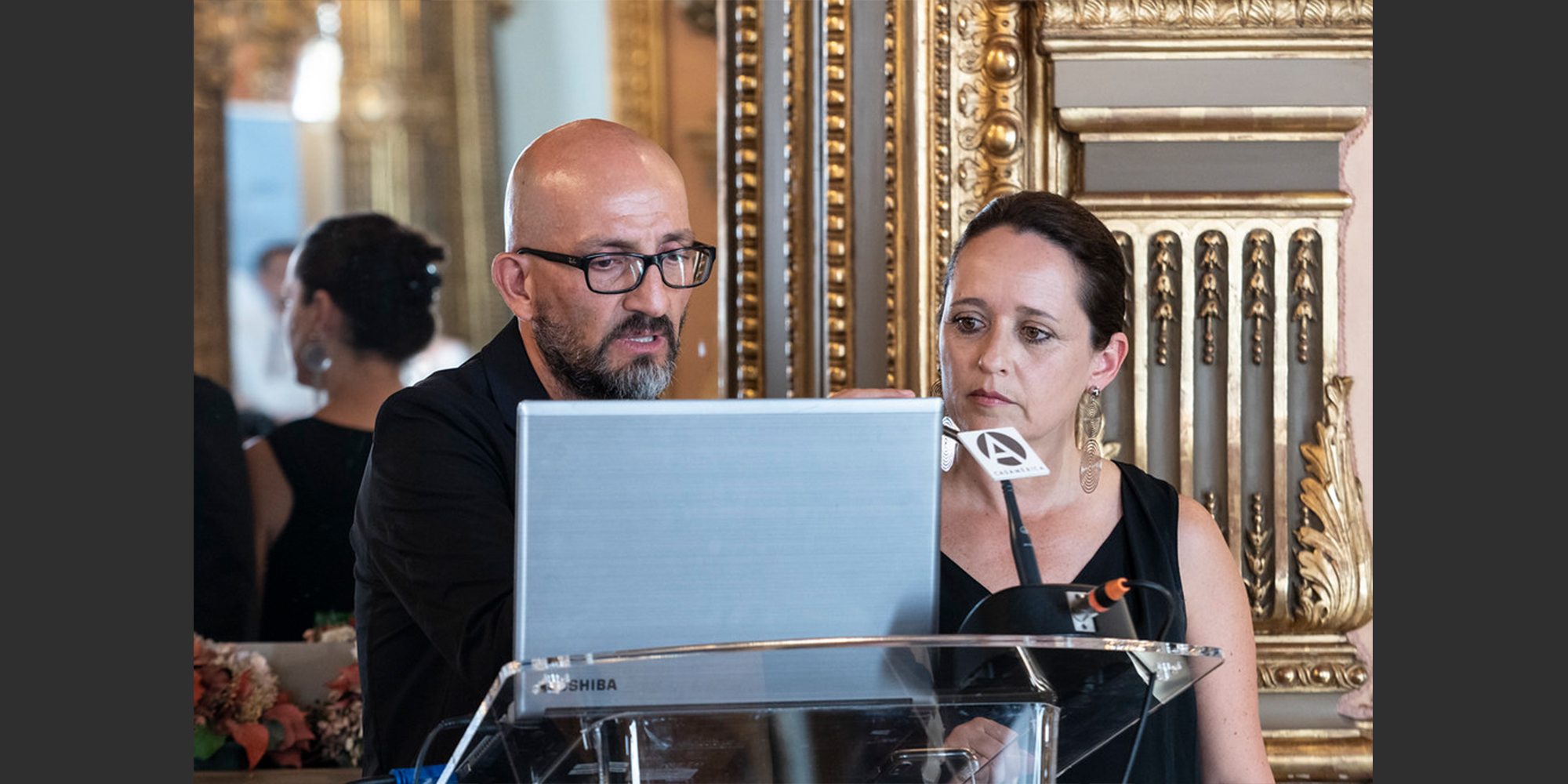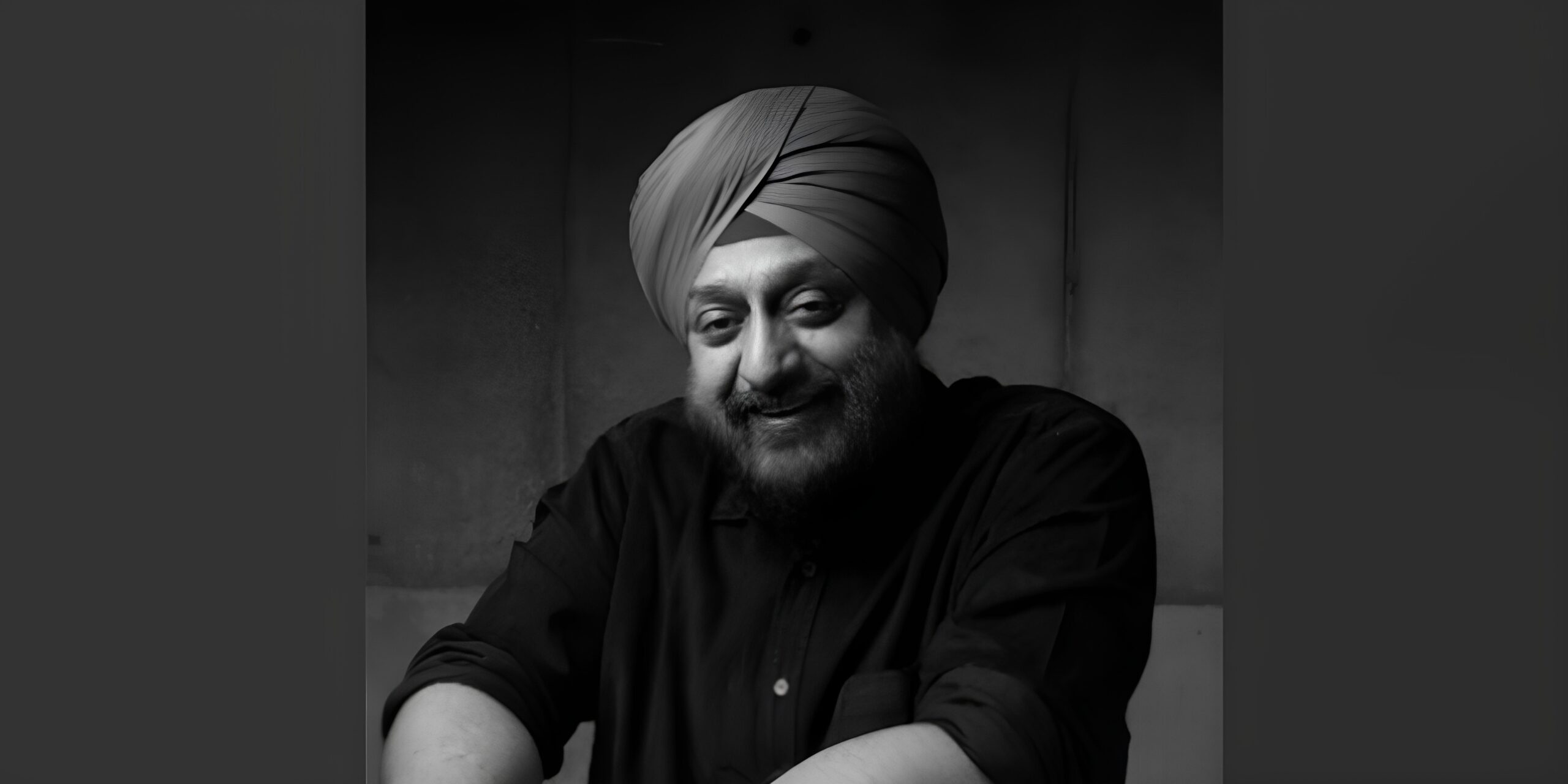Welcome to the latest edition of Media Matters, a series by Fublis that spotlights the influential voices shaping the media landscape today. In this ongoing series, we delve into the experiences, insights, and expertise of media professionals, from journalists and editors to writers and content creators. Each interview offers a unique perspective on the evolving role of media and its intersection with other fields.
In today’s feature, we have the pleasure of speaking with Tara Anand, a freelance writer, architectural researcher, and podcast host. Tara’s journey is a compelling blend of architecture, journalism, and sustainability, inspired by her early exposure to the built environment and her passion for innovative design. In this interview, she shares how her academic background and hands-on experiences have shaped her views on architecture, climate change, and the role of new-age materials in sustainable design. Additionally, she offers insights into her podcast Knowledge Works, where she engages with industry experts to explore future trends in the field.
Join us as we dive into Tara’s multifaceted career, her contributions to architectural journalism, and her vision for a more sustainable future.
What first drew you to architecture and led you to study at SIUPA?
Tara Anand: Growing up in the ‘developing’ context of India, born in a family of architects, I was exposed to the intricacies of science and design at a young age. Through my parent’s work in parts of rural India, I was exposed to various social groups, allowing me to interact with them in their habitats. This also exposed me to the conflict between the built and the natural environment, which is mostly driven by economic arguments. These moments of reflection inspired me to take up undergraduate studies in architecture.
My admission at SIUPA marked a turning point in my life, and I got the opportunity to interact with several brilliant professionals and academics. The exposure to the works of visionaries like Ar. Raj Rewal, Sir BV Doshi, Joseph Allen Stein, and FL Wright amplified my passion for design and I was closely taught the art of being ‘meticulous’, a skill I find to be extremely useful as my five years of undergraduate studies are nearing completion.
How did your interest in architecture and journalism intersect, leading you to pursue a career in both fields?
Tara Anand: Since my early years, I was inclined to design, read, and write. These interests grew after my admission to SIUPA when I realized the importance of good communication skills to succeed as an architect.
What started with writing small pieces on my subjects of interest, developed into a passion and a compelling cause, for me to contribute to positive change in the world. My academic learning and research rigour have benefitted my yet, very nascent career in journalism.
What inspired you to explore the effects of climate change on architecture, and how did your work experiences contribute to this interest?
Tara Anand: The built environment has been reported as one of the biggest causes of carbon emissions and climate change. These realizations led to my interest to explore green materials and alternative building technologies, to minimize the environmental footprint of the built environment.
This interest grew with my internship at ‘Rethinking The Future’ (RTF) which allowed me to explore creative subjects at the cusp of science and technology. From talking about design through the works of Lina Ghotmeh to exploring biomaterials and the importance of materiality in architecture, the internship at RTF allowed me to hone my research and writing skills. This opportunity introduced to me, the pathbreaking work of experts like Jenny E Sabin, Neri Oxman, Shneel Malik, and Marcos Cruz, and my passion for the built environment grew.
The deeper I delved into the subject of new-age materials, the more I realized why they are out of reach in our country which still has homeless people and people living in rented dwellings. Whatever construction is happening,is mostly adding to the climate crisis. This is because we are finding it difficult to manage our development goals, economic aspirations, and environmental concerns. The ‘Lifestyle for Environment’ (LIFE) program launched by the Prime Minister of India is a brilliant take on how we can engage everyone in the country to follow an environmentally conscious lifestyle. What we as professionals can do, is provide affordable options for common people to pick up as a matter of environmentally conscious choice.
How has working as a freelance writer and collaborating with sustainability experts influenced your approach to architectural research?
Tara Anand: Post my writing internship at RTF, I got the opportunity to shadow Ar. Harsha Sridhar, Principal Architect, IGH, India. His innovative use of mud and bamboo construction techniques, and whimsical designs allowed me to expand my understanding of ‘sustainability’. My architectural internship at Seed and Sky Designs, Delhi allowed me to write and explore under the guidance of Ar. Smita Shukla and Ar. Premveer Nagpal. Their sensitivity to both, the environment and the end user, gave me a push to explore futuristic avenues in the realm of sustainable design, leading to the inception of the Knowledge Works Podcast.
What made you start the podcast- Knowledge Works, and how do you build a connection with your speakers?
Tara Anand:During my four years as a student of architecture, I developed a strong inclination towards writing and research. Various professional and personal experiences amplified my interest in creating a knowledge exchange platform for professionals in the built environment. Although my experience with journalism was limited to writing, a podcast seemed to be an interesting choice, given our busy schedules, and reduced attention spans.
This interest was hugely encouraged by my architect parents, Dr. Suneet Anand and Dr. Mona Chhabra Anand, and I was truly gratified when they offered their studio – ‘Knowledge Works’ as a platform for the podcast. Knowledge Works is a private social enterprise based in New Delhi, committed to creating safe and sustainable human settlements.
The Knowledge Works legacy allowed me to reach out to several accomplished professionals like Ar. Zeenat Niazi, Ar. Harsha Sridhar, Ar. Vivek George Sanu, Ar. Daksh Gandhi, Ar. Udit Mittal and Ar. Rebika Karki. The attempt in all these episodes has been to question our understanding of the built environment and think beyond what already exists.
To build a connection with the speakers, in-depth research regarding their work was essential. This helped me formulate pertinent questions tailored to the personality speaking on the other microphone. Follow-up conversations over the telephone to unpack the questions and build a shared understanding of what would be most relevant for the listeners followed. This also helped me establish a one-on-one connection and enabled the speaker to take control of the technical content of the conversation. However, keeping things unscripted to a great extent helped maintain an organic conversational flow. Before recording, having an informal conversation regarding their professional journey helped reduce the disconnect between the guest and the host. Above all, I reminded myself that the episode is about the guest’s work, and I, as the host am just a medium.
Since its humble beginnings in March 2024, the podcast has seen the average audience size touch 210 on Spotify. Although assessing the larger impact of the podcast at this stage may be difficult, I hope, that with the release of the future seasons of the podcast, we can make the conversations even more engaging and pertinent, covering additional concerns, challenges, and innovative solutions.
How do you balance your passion for creative expression with your interest in science and technology in your work?
Tara Anand: Although undergraduate architectural education in India is more focused on design and creative expression, I always wondered about the possibility of the application of biological sciences and new-age technologies in building construction.
The Indian education system, sadly still views various subjects as stand-alone, and interdisciplinary learning is limited. However, with climatic crisis looming large, we need to seek solutions that are out of the ordinary, ones that marry the various disciplines, encouraging innovation and experimentation.
Although I thoroughly enjoy the various forms of creative expression in architecture, my interest in writing and research has led me to designs that bring together STEM-based research with design and aesthetics.
What future architectural trends or solutions are you most excited about exploring through your work?
Tara Anand: My two primary areas of interest have been biomimetics and bio-integrated design. Nature has evolved its mechanisms over centuries, hence, there can be no greater teacher than Mother Nature. I am excited about the time when we may be able to tap into this wisdom to solve problems in the built environment by asking ourselves, ‘How would nature do this?’
Bio-integrated design, and biomimetics, are closely linked to one another and are the solutions that I find most exhilarating.
How do you see creativity and science working together in architecture?
Tara Anand: We are in an era where we are exploring the possibility of human beings as an interplanetary species; the future of science and architecture is exciting! However, I equally ponder about the greed of the human species. One earth has not been enough for us, how long will it be before we run out of resources on the next planet too?
Creativity and optimism, although necessary, need to come from a place of responsibility and sensitivity towards nature and towards human beings. If our greed and recklessness nature towards the ecology continue at the same pace, no planet is ever going to be sufficient. Balancing creativity and technology is necessary for new-age solutions, however, inculcating a level of environmental responsibility is even more important.
Even in the case of biomaterials, although there is no construction debris, and the materials have a cradle-to-cradle life cycle, it is necessary to analyze the effects of these practices and modifications on the organism. Understanding how these techniques affect the ecological balance is of key importance.
Which future trends or solutions are you most excited to explore in architecture?
Tara Anand: Other than bio-integrated design and biomimetics, I find parametric architecture to be extremely fascinating. The applications of robotic fabrication and AI in construction also hold tremendous promise for optimizing resource use without compromising the aesthetics and performance of the built form. In addition, although, my opinion on the larger impact of ‘habitats on mars’ is ambiguous, I am keen on finding out what the future holds for such endeavors.




